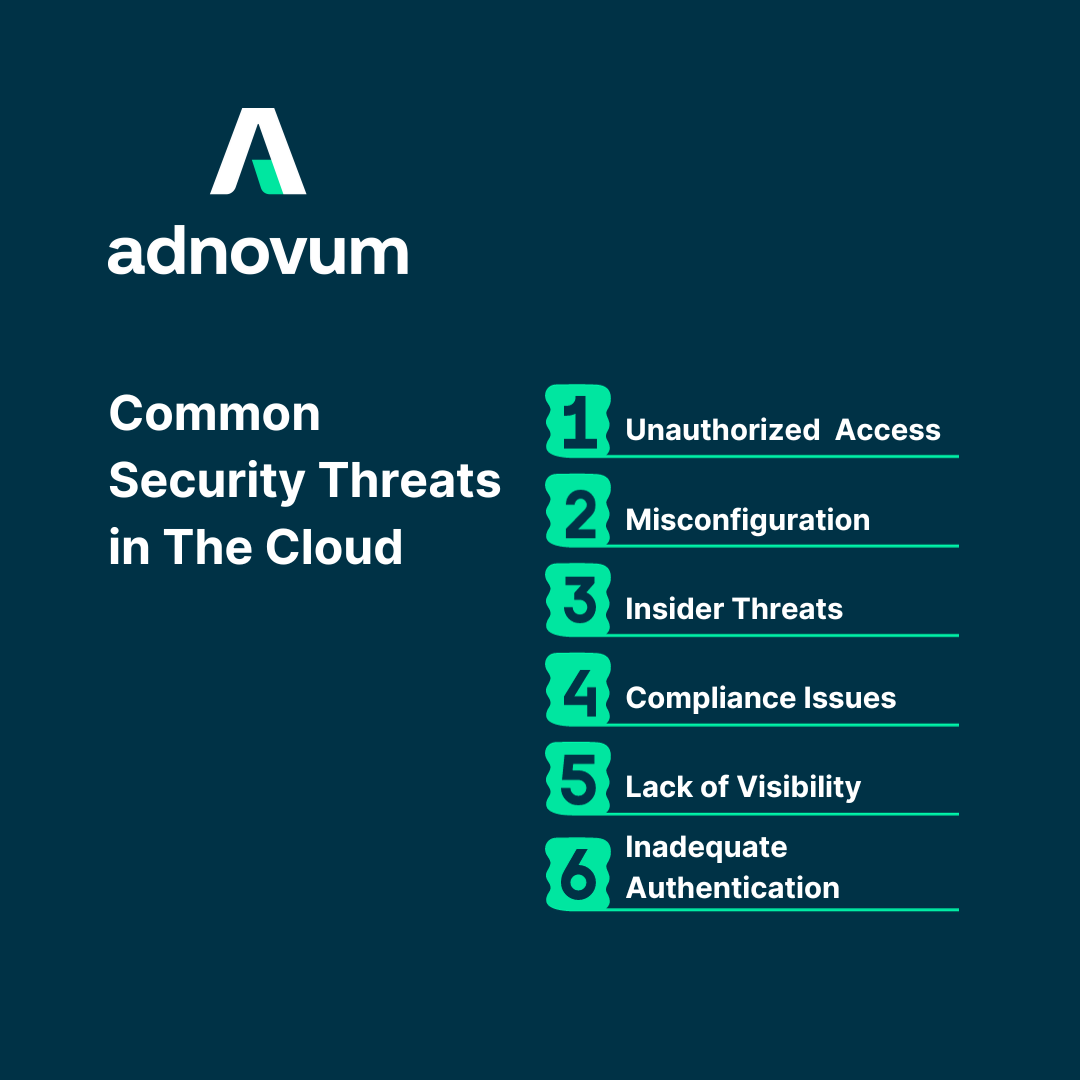In today's digital age, where businesses increasingly rely on cloud services, security has become paramount. According to MIT Technology Review Insights1, Singapore was ranked first in the Global Cloud Ecosystem Index 2022. This index reflects the effectiveness of fostering the accessibility of cloud services through technology, regulations, and a skilled workforce. Singapore has emerged as the undisputed leader in cloud services by being ranked first in the index. However, while cloud environments offer flexibility and scalability, they also present a range of security challenges that demand attention.
This article explores the critical role of Cloud Identity and Access Management (IAM) in addressing security issues within cloud environments. In addition, the article will discuss common security threats, how Cloud IAM mitigates these risks, and provide valuable tips for selecting the right Cloud IAM solution.
An Overview of Common Security Threats in Cloud Environments
Cloud environments are susceptible to a variety of security threats, including:
- Unauthorized Access: Unauthorized access can lead to data breaches and unauthorized modifications of resources. Malicious actors gain unauthorized access to computer systems, networks, and data through various methods and techniques, including phishing, social engineering, and the exploitation of vulnerabilities.
- Misconfiguration: Misconfigured cloud resources can expose data and services to threats. This includes improper access controls, open storage buckets, or weak security group rules.
- Insider Threats: Employees or users with privileged access can inadvertently or intentionally compromise security. Protecting against insider threats is a complex challenge.
- Compliance Issues: Many industries have stringent compliance requirements that demand robust security controls. Non-compliance can result in legal consequences and hefty financial penalties.
- Lack of Visibility: Without proper monitoring and auditing, it is challenging to detect and respond to security incidents promptly.
- Inadequate Authentication: Weak or single-factor authentication methods can make it easier for attackers to gain access to critical resources and infiltrate the system.
How Cloud IAM Addresses Security Issues
Cloud IAM solutions play a pivotal role in securing cloud resources by implementing various security measures:
- Multi-Factor Authentication (MFA): MFA adds an extra layer of security by requiring users to provide two or more authentication factors, such as a password and a fingerprint scan. This significantly reduces the risk of unauthorized access.
- Role-Based Access Control (RBAC): RBAC ensures that users and systems have access only to the resources necessary for their roles. This minimizes the potential for privilege escalation and unauthorized data access.
- Centralized Identity Management: Cloud IAM solutions centralize user identities and access controls, streamlining the management of users, groups, and permissions. This simplifies administration and reduces the risk of errors.
- Audit and Compliance: Cloud IAM solutions offer robust auditing and logging capabilities, providing a detailed trail of user activities. This is invaluable for compliance reporting and investigating security incidents.
- Just-in-Time Access: Some Cloud IAM solutions offer just-in-time access, allowing users to request temporary access to resources. This limits exposure and reduces the risk of long-term unauthorized access.
Tips for Selecting the Right Cloud IAM Solution
When choosing a Cloud IAM solution, consider the following factors:
- Scalability: Ensure the solution can accommodate your organization's growth. Scalability is vital as your cloud infrastructure expands.
- Multi-Cloud Support: If you use multiple cloud providers, select a Cloud IAM solution that is compatible with all of them. This ensures consistent security policies across your entire cloud ecosystem.
- Evaluating User Experience: A user-friendly interface and intuitive workflows are essential for efficient administration. A complicated IAM system can lead to errors and increased security risks.
- Testing and Proof of Concept (POC): Before committing to a Cloud IAM solution, conduct thorough testing and POCs. Evaluate its effectiveness in addressing your specific security needs and integration capabilities with your existing infrastructure.
- Integration with the Security Ecosystem: Ensure that your chosen Cloud IAM solution integrates seamlessly with your existing security tools and systems. This enhances your overall security posture.
Learn More: An Effective Cloud IAM Strategy for your Digital Business
In summary, Cloud IAM solutions are indispensable in addressing the security challenges that come with cloud environments. By implementing multi-factor authentication, role-based access control, centralized identity management, audit and compliance features, and more, organizations can significantly enhance their cloud security. When selecting a Cloud IAM solution, scalability, multi-cloud support, user experience, testing, and integration should all be considered to ensure your organization's cloud resources remain secure in the face of evolving threats. Contact Adnovum’s Cloud IAM specialists today to harness the full potential of the cloud while keeping your organization’s valuable data and resources safe from harm.
Reference:





